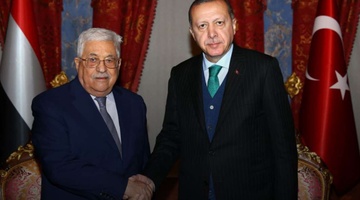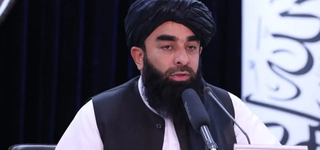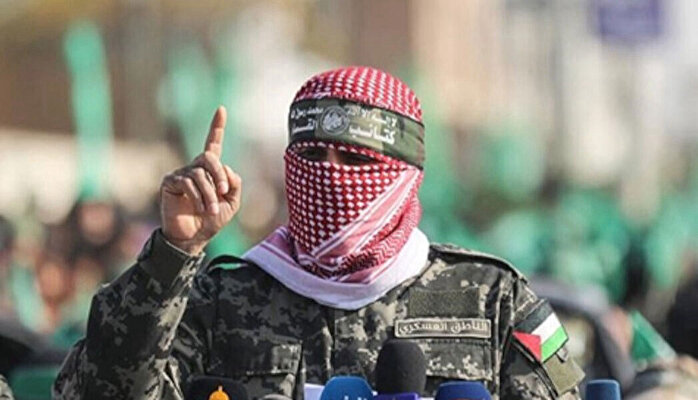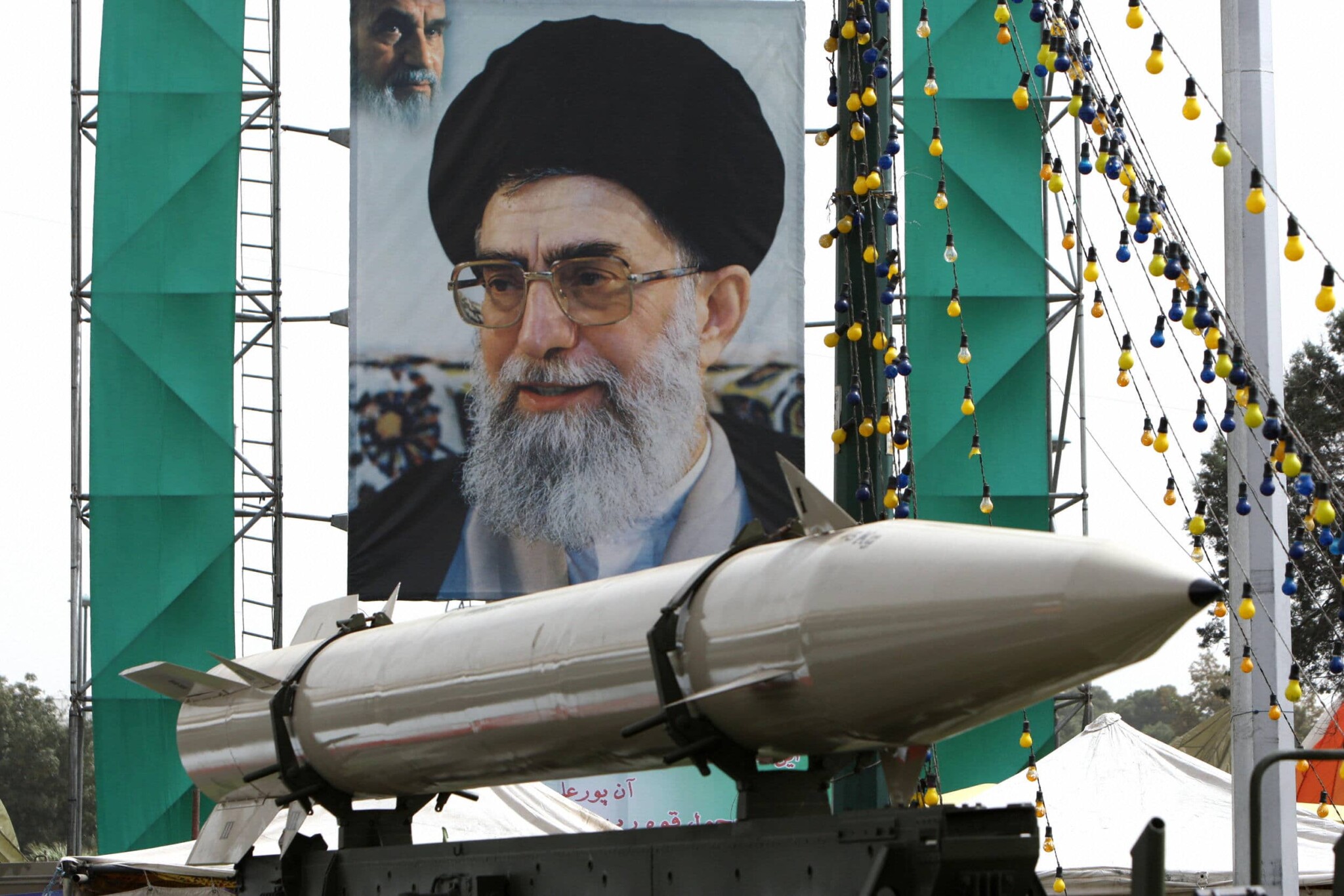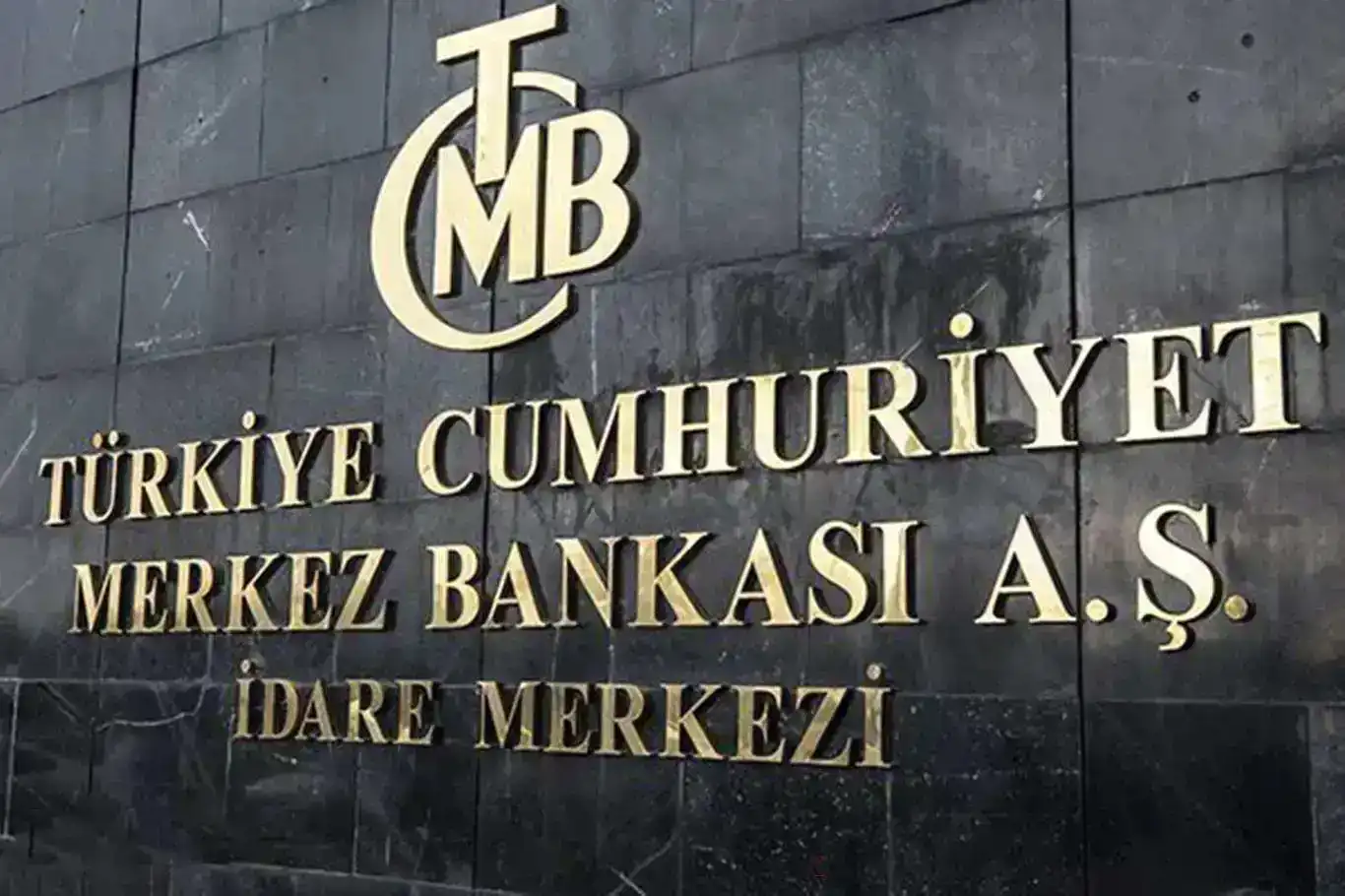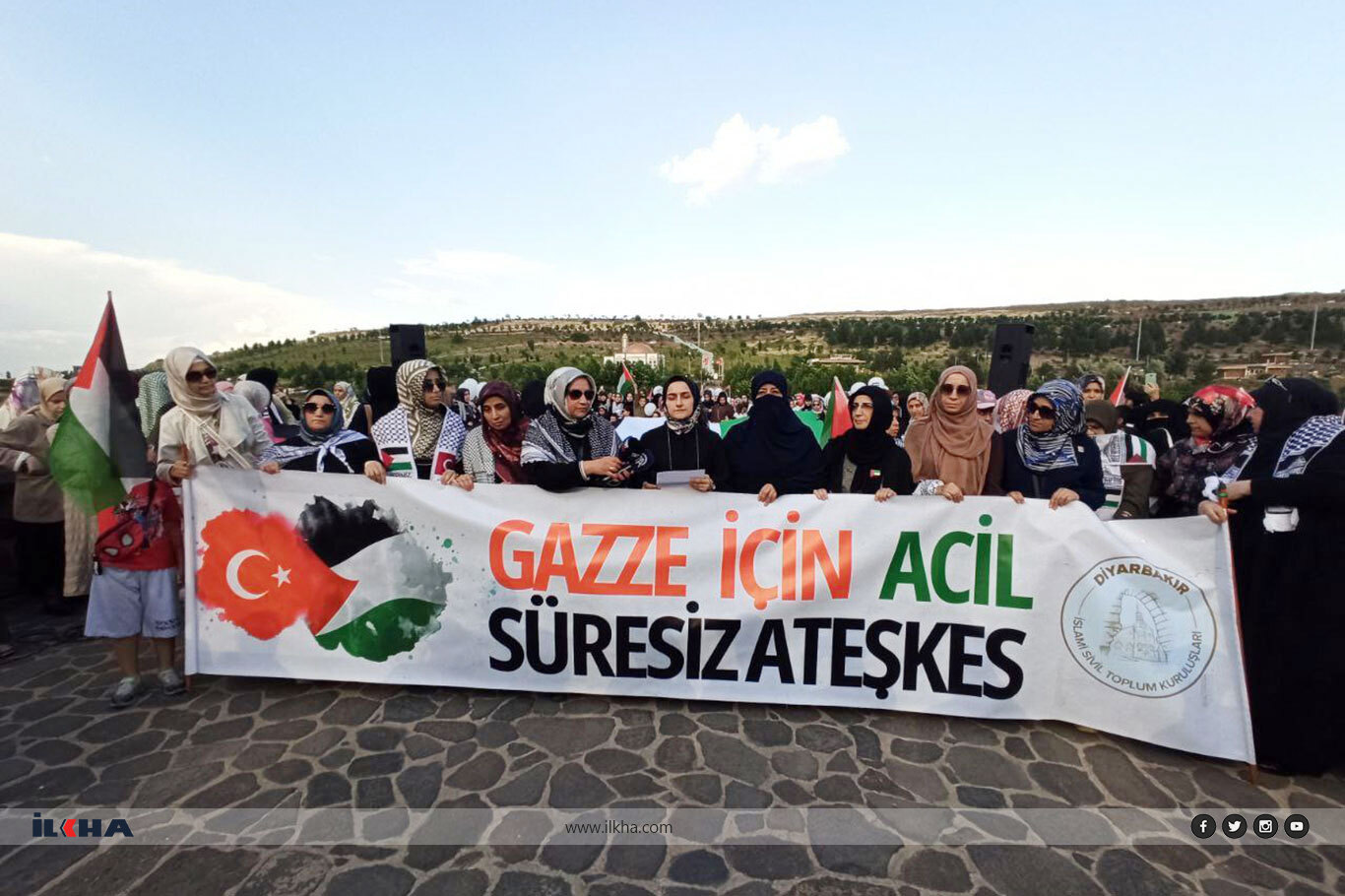Muslims to celebrate the Feast of the Sacrifice, Eid al-Adha, across the globe
Muslims across the world on Saturday will begin celebrating Eid al-Adha, the Feast of Sacrifice, which marks the end of the Hajj pilgrimage to Mecca, one of the five pillars of Islam.
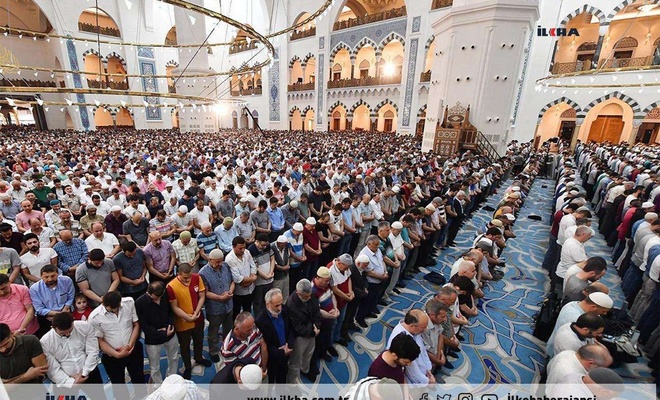
 Google News'te Doğruhaber'e abone olun.
Google News'te Doğruhaber'e abone olun. The day of Eid-ul-Adha falls on the tenth day in the final (twelfth) month of the Islamic Lunar Calendar; Dhu-al-Hijjah. The day that celebrations fall on is dependent on a legitimate sighting of the moon, following the completion of the annual Holy Pilgrimage of Hajj - which is an obligation for all Muslims who fit specific criteria, one of the important Five Pillars of Islam.
The celebration of Eid-ul-Adha is to commemorate Prophet Ibrahim’s devotion to Allah SWT and his readiness to sacrifice his son, Ismail. At the very point of sacrifice, Allah SWT replaced Ismail with a ram, which was to be slaughtered in place of his son. This command from Allah SWT was a test of Prophet Ibrahim’s willingness and commitment to obey his Lord’s command, without question. Therefore, Eid-ul-Adha means the festival of sacrifice.
The act of Qurbani consists of slaughtering an animal as a sacrifice to mark this occasion in remembrance of Prophet Ibrahim’s sacrifice for Allah SWT. This is also known as Udhiya. The days of animal sacrifice total three days, from the 10th to the 12th of Dhu-al-Hijjah.
The sacrificial animal must be a sheep, lamb, goat, cow, bull or camel; the sheep, lamb, or goat consist of one Qurbani share, whereas a bull, cow, or camel consist of seven shares per animal. The animal must be in good health and over a certain age in order to be slaughtered, in a “halal” friendly, Islamic way.
The Qurbani meat can then be divided into three equal portions per share; one-third is for you and your family, one-third is for friends, and the final third is to be donated to those in need.
Traditionally, the day is spent celebrating with family, friends, and loved ones, often wearing new or best attire and giving of gifts. (ILKHA)





























